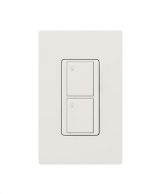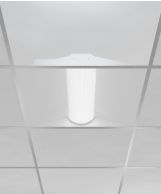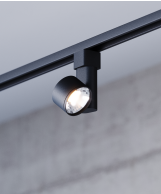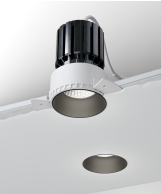Commercial LED Lighting
Commercial-Grade Ceiling Lighting

LED Lighting Built for Commercial Use
LED lighting— a type of solid-state lighting (SSL) based on semiconductor light-emitting diodes (LED) advancement—lasts longer than previously dominant incandescent lighting, operates using less energy and allows for more flexible design. LED lights afford faster brightness, smooth dimming and, compared to fluorescent lighting, on-and-off switching does not affect long-term performance. Browse our collection of LED ceiling, wall, exterior and many more lighting applications.






















